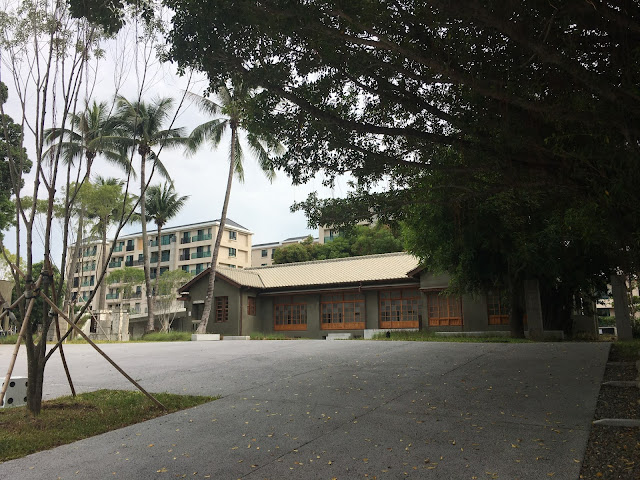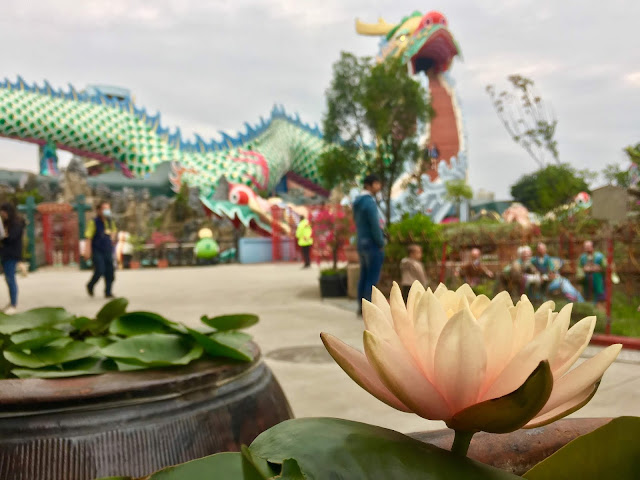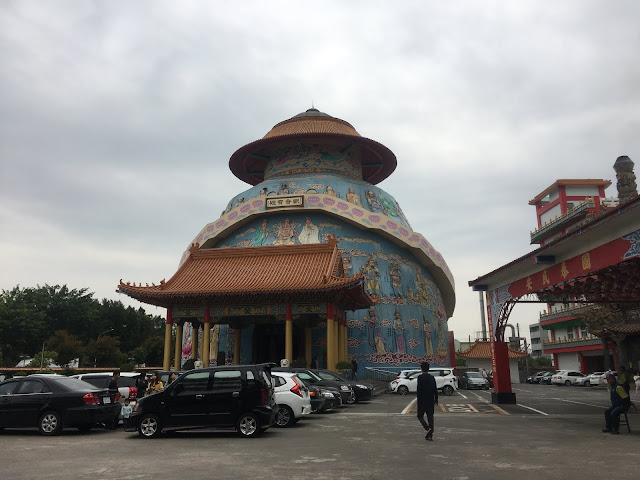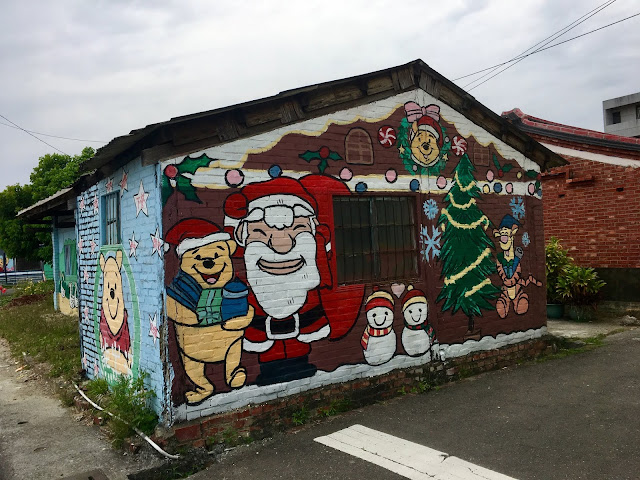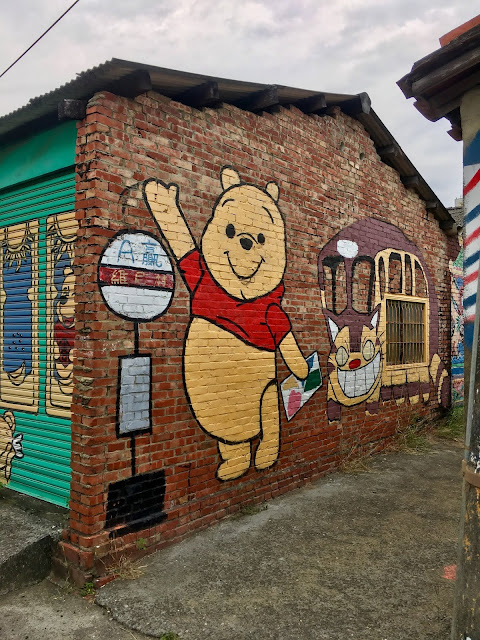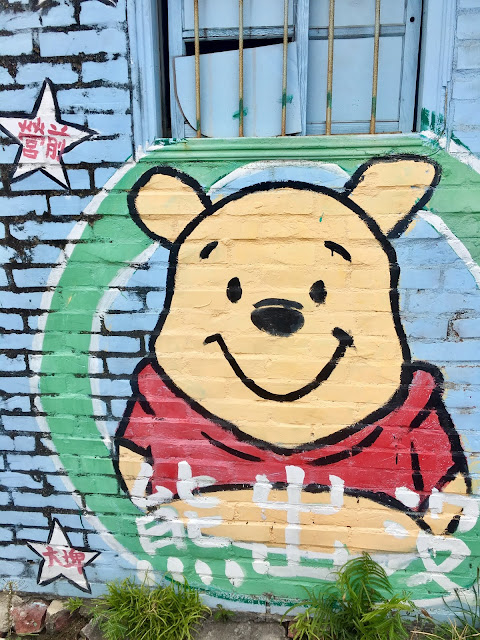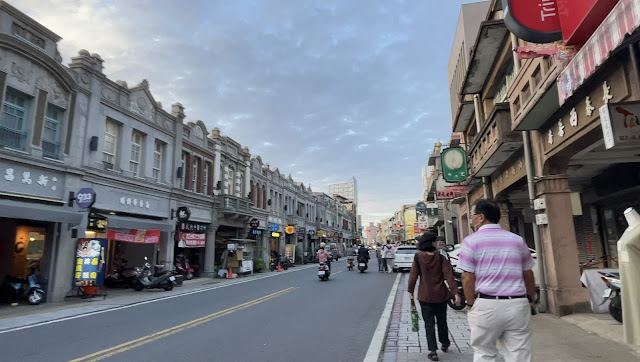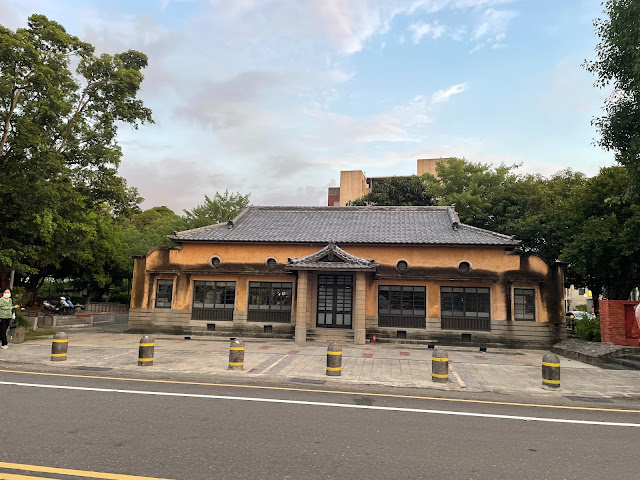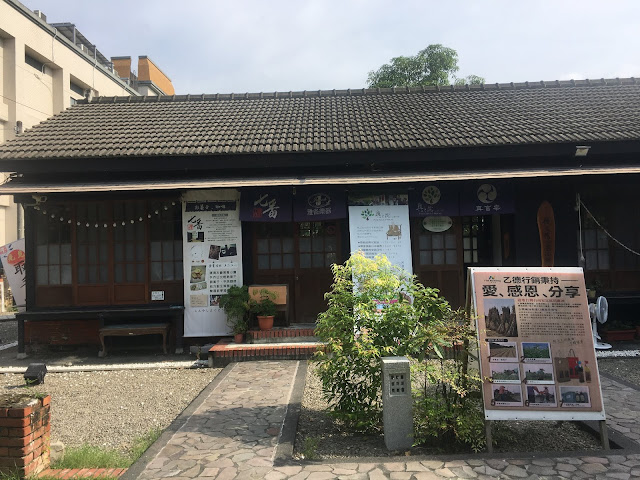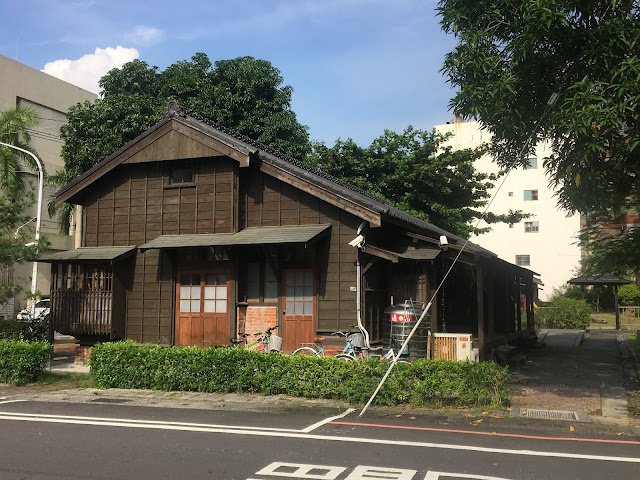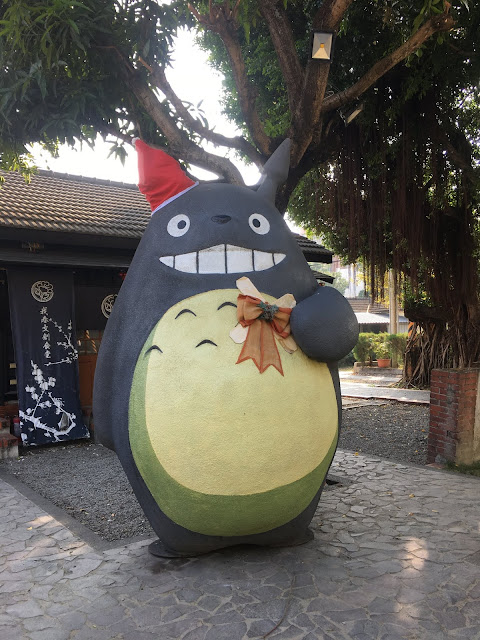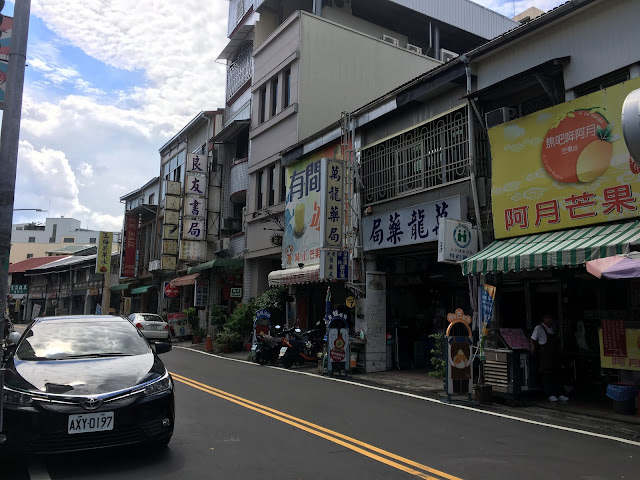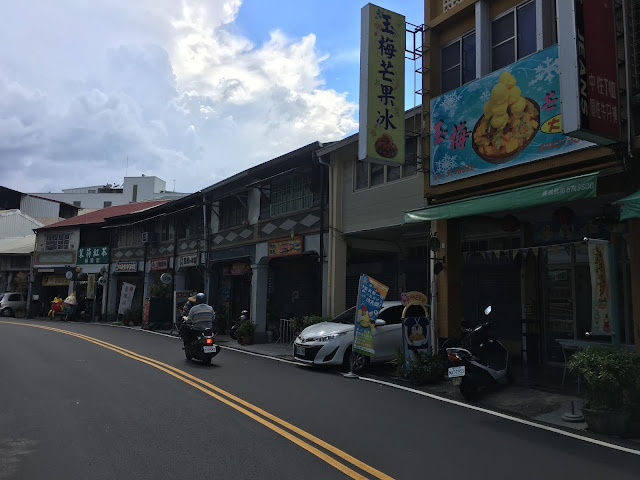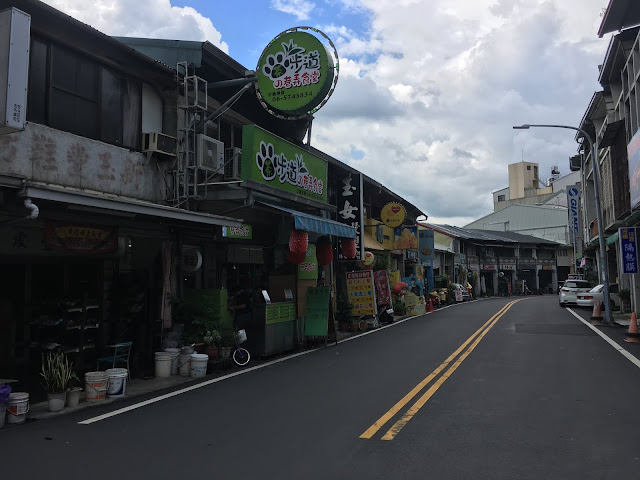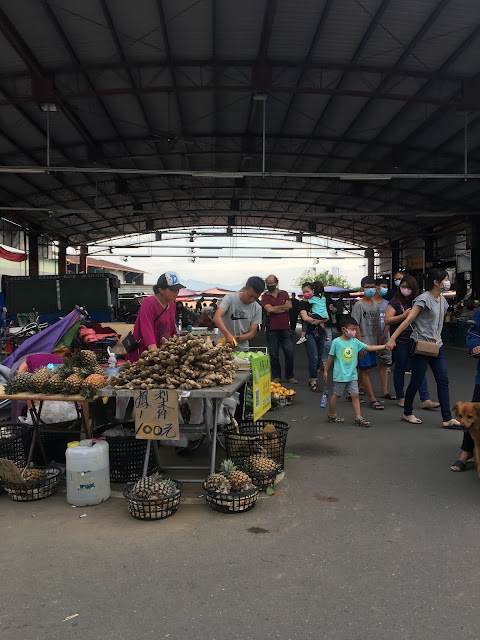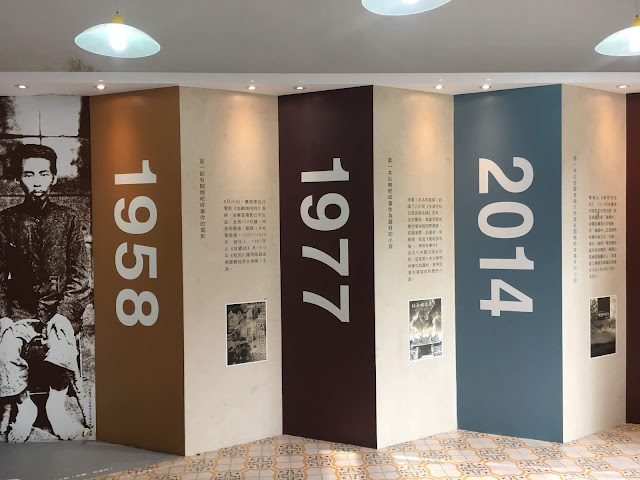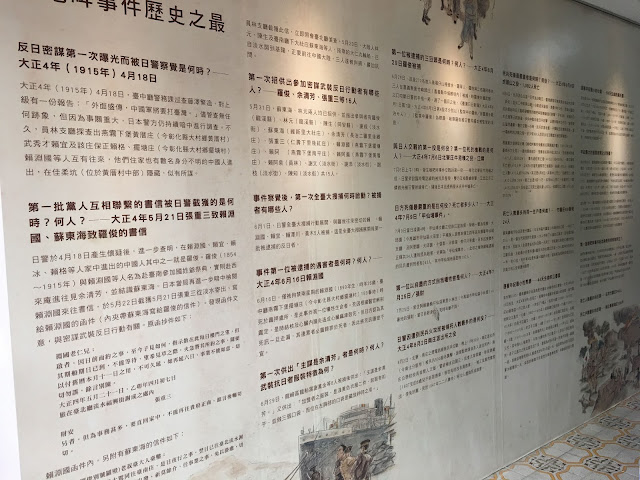Shuijiaoshe Cultural Park (水交社文化園區)
The former Japanese-style dormitory area of Shuijiao Co., Ltd. once served as the residence for officers and soldiers of the Tainan Naval Air Force stationed at Tainan Airport during the Japanese occupation. After the National Government relocated to Taiwan, the Shuijiaoshe was taken over by the Aviation Committee, the predecessor of the Air Force Headquarters, and became the base for the 443 Tactical Fighter Wing. Additional housing facilities were then constructed to accommodate military personnel and their dependents in Shueijiaoshe.
In 2004, the Tainan City Government designated the area as a historic site known as the "Primary Dormitory Area of Shueijiaoshe and the Cultural Landscape," recognizing its importance in preserving the cultural assets of military housing communities in Tainan. Subsequently, the "Shuijiaoshe Cultural Park" was established on the original site, featuring eight theme pavilions. The park officially opened on December 25, 2019.
The price of a full ticket is 100NT.
Literature Salon
The literature of the military community is a consequence of historical changes. People, and their descendants, who moved to Taiwan to escape wars, created a unique perspective in the history of Taiwanese literature. Writers wrote about life in the military communities and incorporated their feelings and detailed observations. A variety of works by different writers about moments in military communities flourished.
Theme Hall
Titled "Gazing from the Sky," the curator has attempted to highlight a distinctive, time-travel viewpoint of a migrant city to reflect the hometown memories and life experiences of the locals and respond to the emotional dialogues of contemporary urban life. The artists invited former residents to participate in a series of workshops about memories. These participants had lived in the military community in its earliest years but had then moved away. Through various media such as photography, architecture, film, food, and literature, the artists hoped to unveil the historical background of the space used by the Japanese Navy Air Squadron and as accommodation for the R.o.C. Air Force. The exhibition includes 5 animations, 14 house models, and 20 video installations of interviews, employing the entire space as its projection screen to break the conventions of static and miniature displays and lead visitors as they walk through different time and space.
Exhibition Space
The Exhibition Space presents memories and life stories spanning three generations in Shueijiaoshe while celebrating the good old days and commemorating the years that were spent together, cherished, and missed. The memories still linger in our minds. For those who share these nostalgic sentiments and wish to realize their dreams, let us become immersed in and reconsider the history. Through immortal legends and the reminiscences of forever-young memories, we shall re-embrace the beauty and charm of Shueijiaoshe.
Aviation Playground
The happiest memories for most children in the military community were playtimes with siblings and friends in the neighborhood. Integrating the historical background of the military community for Thunder Tiger members in Shueijiaoshe, this part of the exhibition showcases both the visible and invisible cultural landscapes of the community. Through the participation of parents and children in the playground, childhood memories are created during their interaction with the environment in Shueijiaoshe. Together, parents and children can perceive, get involved with, and chat about this shared experience, extending the culture of the military community in Shueijiaoshe. This playground aims to create childhood memories within military communities based on interactive games and various aesthetic elements.
Special Exhibition Gallery
The Special Exhibition Gallery features art of different themes, which is changed on a regular basis. The opening exhibition featured creations by the artist Chen Po-i. Titled "Stories of Four Seasons," the exhibition includes photographs documenting the process of demolition in Shueijiaoshe. Through images of spring shoots, summer growth, autumn harvest, and winter storage of plants, as well as pictures of markets, old houses, and elderly residents, the artist has depicted the variations in the four seasons in Shueijiaoshe. Based on subordinate themes, including the after-taste of food, the light and shadows of plants, old marks from the past, and historical remains, Chen created an installation with physical materials, moving and still images to display the post-1949 Shueijiaoshe of local people's memories.
History Museum
The ancient name of Shueijiaoshe is "bucket basin." Located outside the South Gate of the Capital, the area was commonly known as a cemetery for Han people from the Ming to the Qing Dynasties. During the era of Japanese rule, the Japanese Navy Air Squadron was based on the site. Following the end of WWII, it was transformed into the military housing community for the RoC Air Force. In the History Museum, unearthed items are exhibited on the display walls and section models based on their location in the strata. A timeline and a map are also provided to construct a 3D art installation of the timeline.
AIR Tainan Hall
Since the 17th century, Taiwan has held an important position in the Asia-Pacific region. Douglas MacArthur, the renowned American soldier, described Taiwan, which was home to several US Air Force bases, as an "unsinkable aircraft carrier." This hall adopts "American Soldiers in Tainan" as its theme, portraying the history of American soldiers in Taiwan during the past thirty years. Through multimedia devices, projection mapping, and interactive installations, the hall provides visitors with a creative experience that combines new technology and culture.
Community Canteen
The military community symbolizes a collective memory spanning generations and is rooted in Taiwan through the settlement of members of the air force and their dependents from Mainland China. Residents in these military communities reminisce about the food from their hometowns. Noodle to Gather has created modern healthy meals with a fusion of nostalgic flavors, revitalizing memories of the past and creating new memories for the present-day military.







